Starting in 2018, the iPad Pro switched to a universal USB-C port. Not only for charging but also for connecting other peripherals and accessories. Since then, it has been followed by the iPad Air (4th generation) and currently also the iPad mini (6th generation). This port thus adds many possibilities to devices. You can connect a monitor to them, but you can also connect Ethernet and much more.
Even though their connector looks the same in all devices, you need to remember that only with iPad Pro you get the most of their options. So specifically with their latest release. Specifically, these are the 12,9" iPad Pro 5th generation and the 11" iPad Pro 3rd generation. In the other Pro models, iPad Air and iPad mini, it is only a simple USB-C.
It could be interest you
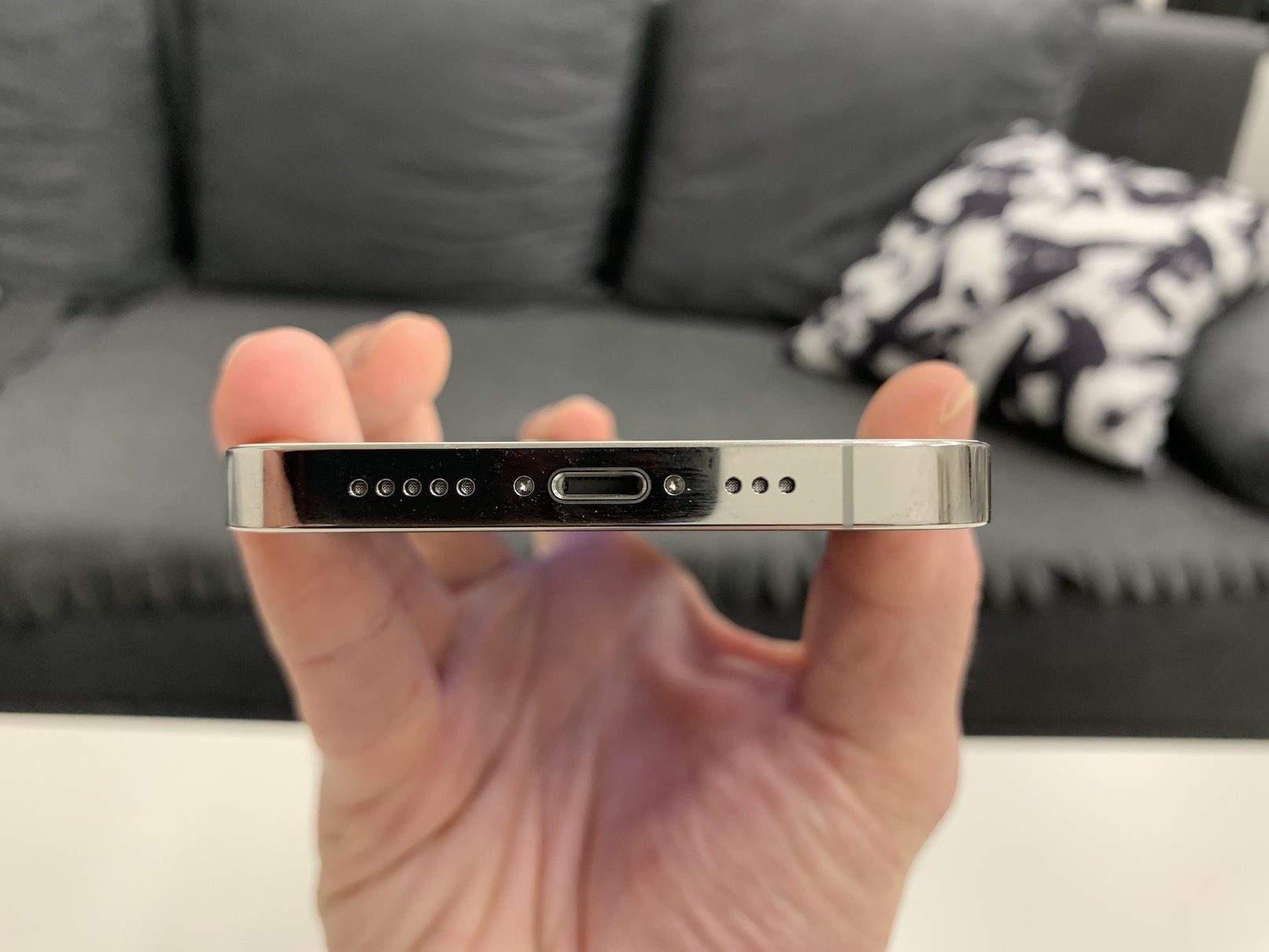
iPad Pros are top notch
The 12,9" iPad Pro 5th generation and 11" iPad Pro 3rd generation include a Thunderbolt/USB 4 connector. Of course, it works with all existing USB-C connectors, but it also opens up a huge ecosystem of the most powerful accessories to iPad. These are fast storage, monitors and, of course, docks. But its advantage is precisely in the monitor, when you can easily connect a Pro Display XDR to it and use the full 6K resolution on it. Apple states that the throughput of its wired connection via Thunderbolt 3 is up to 40 Gb/s, and it states the same value for USB 4. USB 3.1 Gen 2 will then provide up to 10 Gb/s.
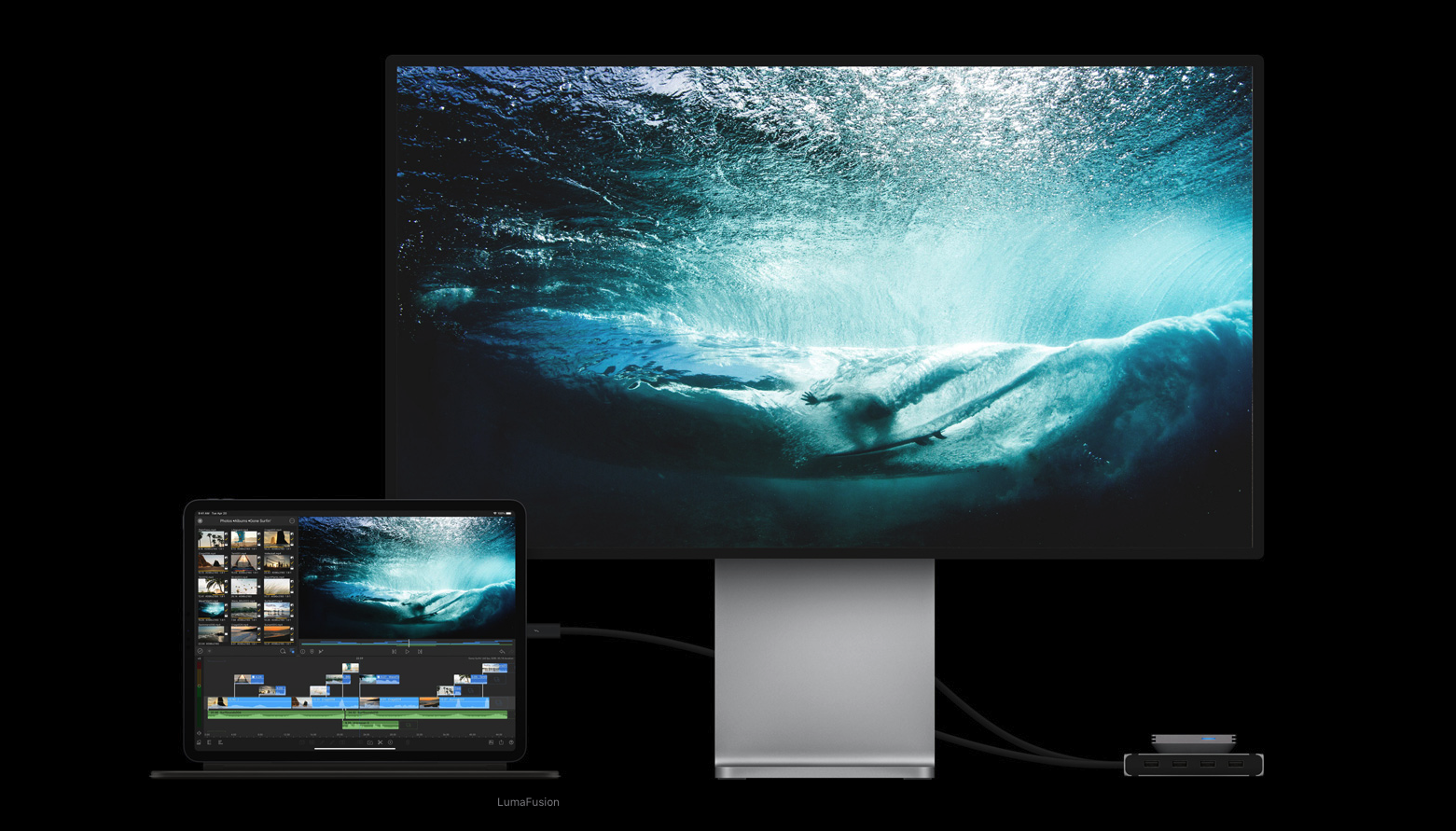
In the case of the latest iPad mini, the company declares that its USB-C supports DisplayPort and USB 3.1 Gen 1 (up to 5 Gb/s) in addition to charging. However, even USB-C in other iPads gives you the option of connecting cameras or external displays. With the right dock, you can also connect memory cards, flash drives, and even an ethernet port.
It could be interest you
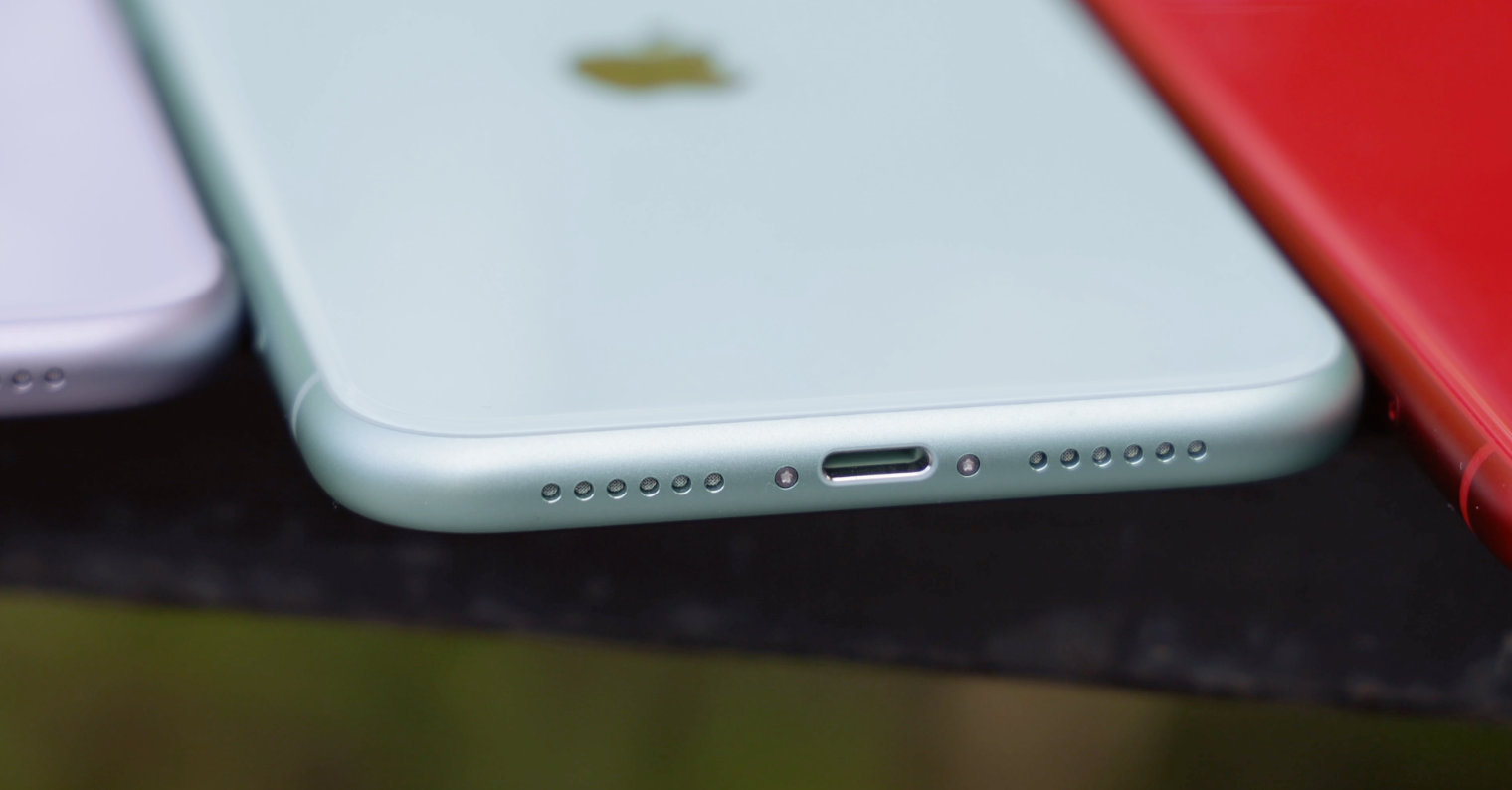
One mushroom to rule them all
Nowadays, there are quite a large number of different hubs on the market that can take your iPad's functionality to a completely different level. After all, it has been three years since the introduction of the first iPad with USB-C, so manufacturers have had time to respond accordingly. In any case, it is advisable to look at the compatibility of accessories, because it can easily happen that the given hub is designed for MacBooks and it will not work correctly for you with an iPad.
When choosing, it is also advisable to take into account how you connect the given hub to the iPad. Some are intended for fixed connection directly to the connector, while others have an extended cable. Each solution has its pros and cons, with the first one mainly being about possible incompatibility with some covers. The second takes up more space on the table and is easier to disconnect if you accidentally knock it over. Also pay attention to whether the given hub allows charging.
An example of which ports you can use to expand your iPad with a suitable hub:
- HDMI
- Ethernet
- Gigabit Ethernet
- USB 2.0
- USB 3.0
- USB-C
- SD card reader
- audio jack
 Adam Kos
Adam Kos 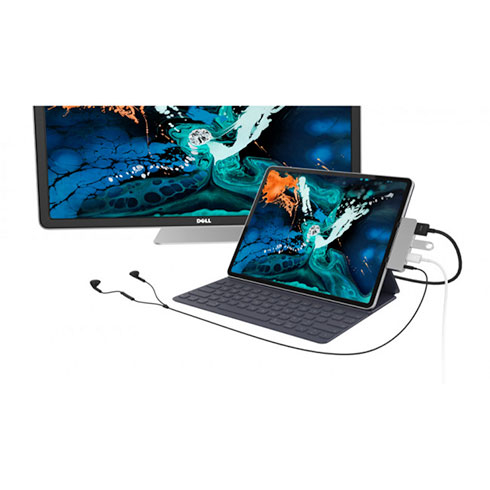
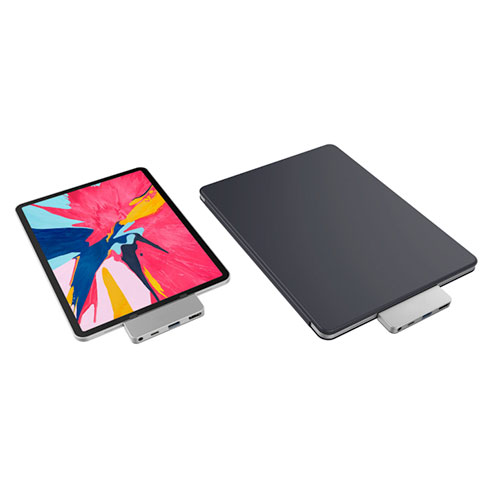

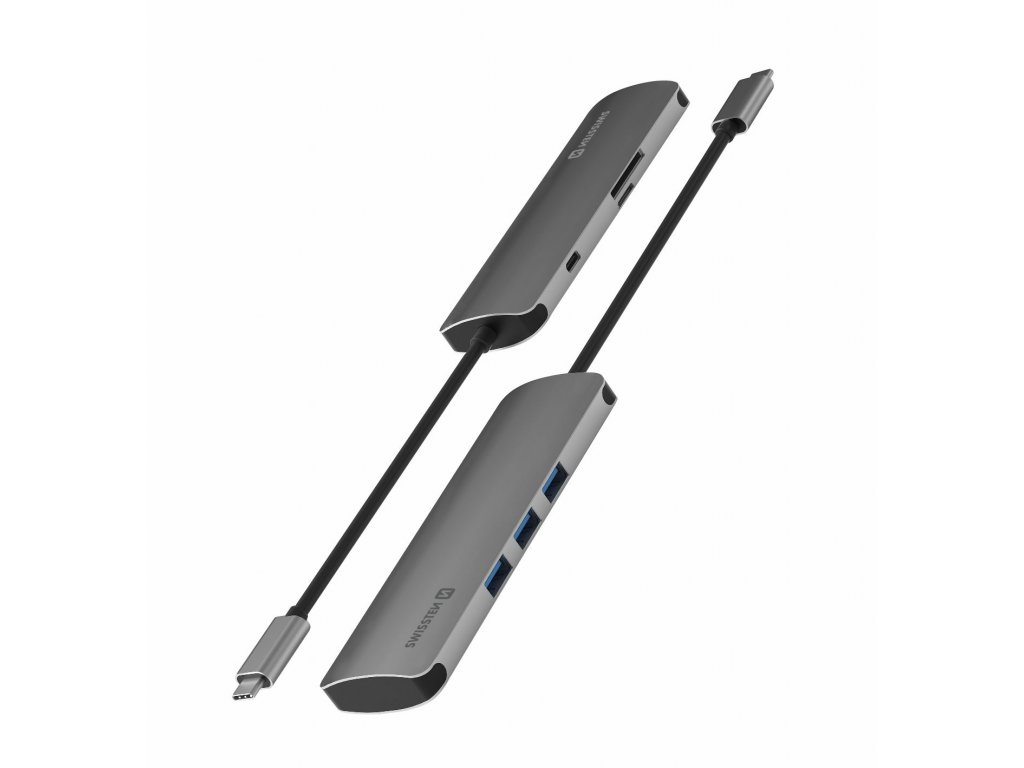
Exactly. The first thing that came to my mind: The article is awesome.